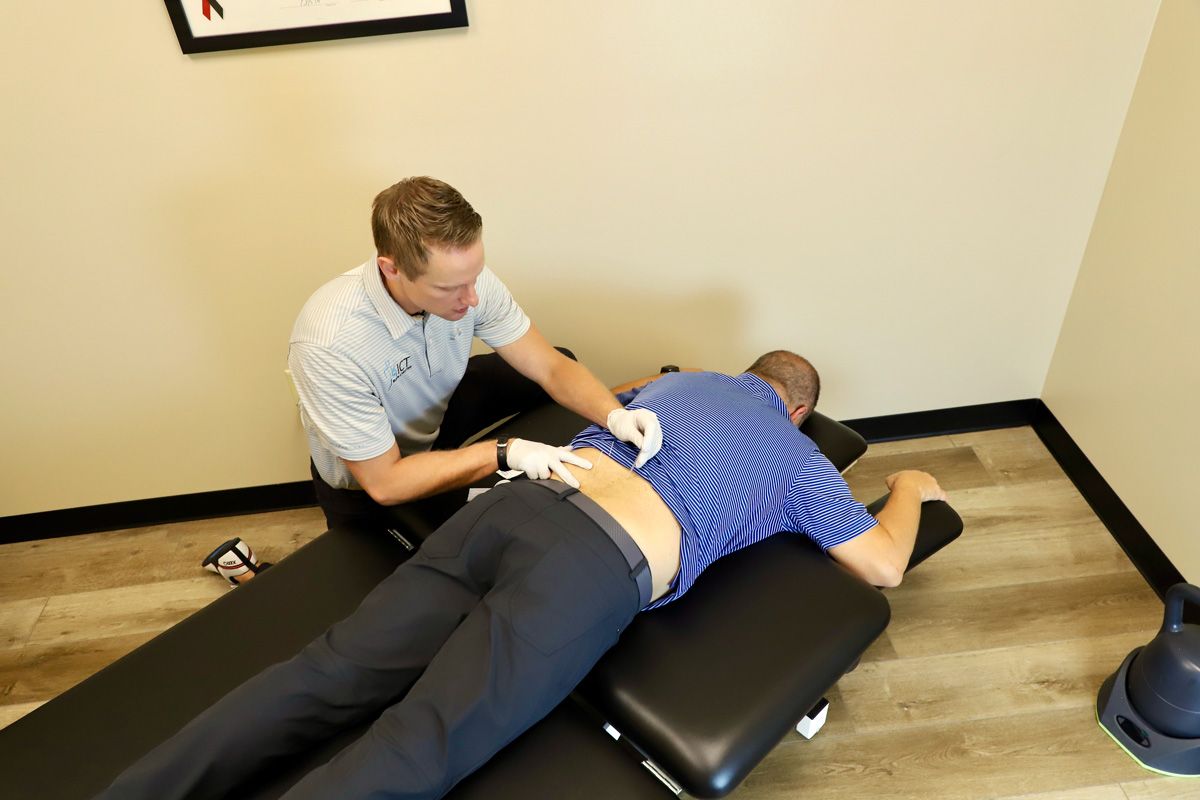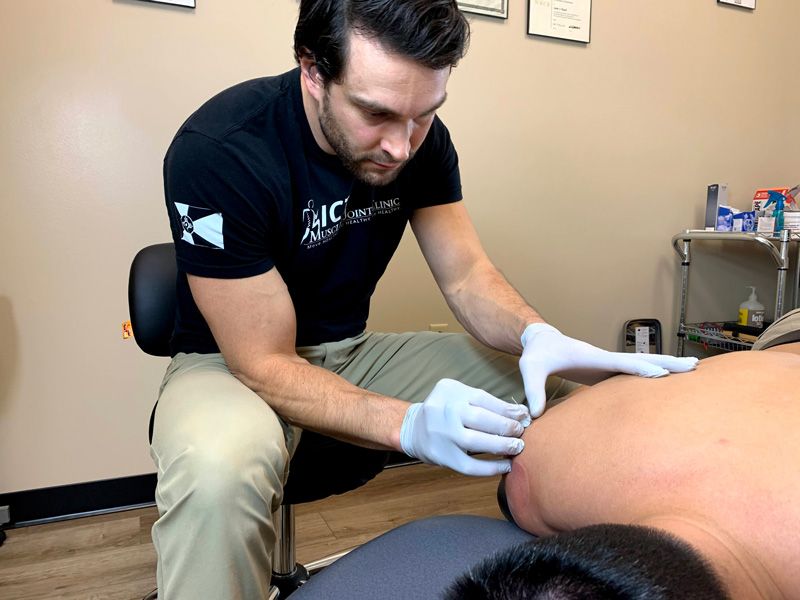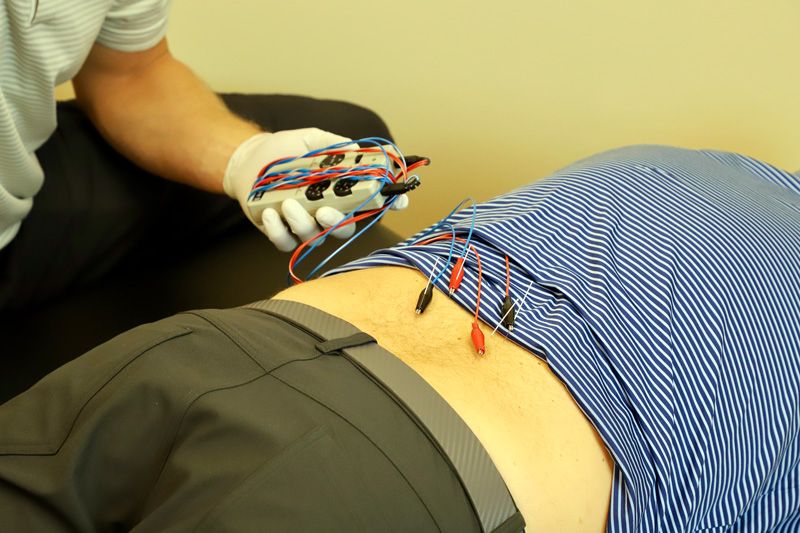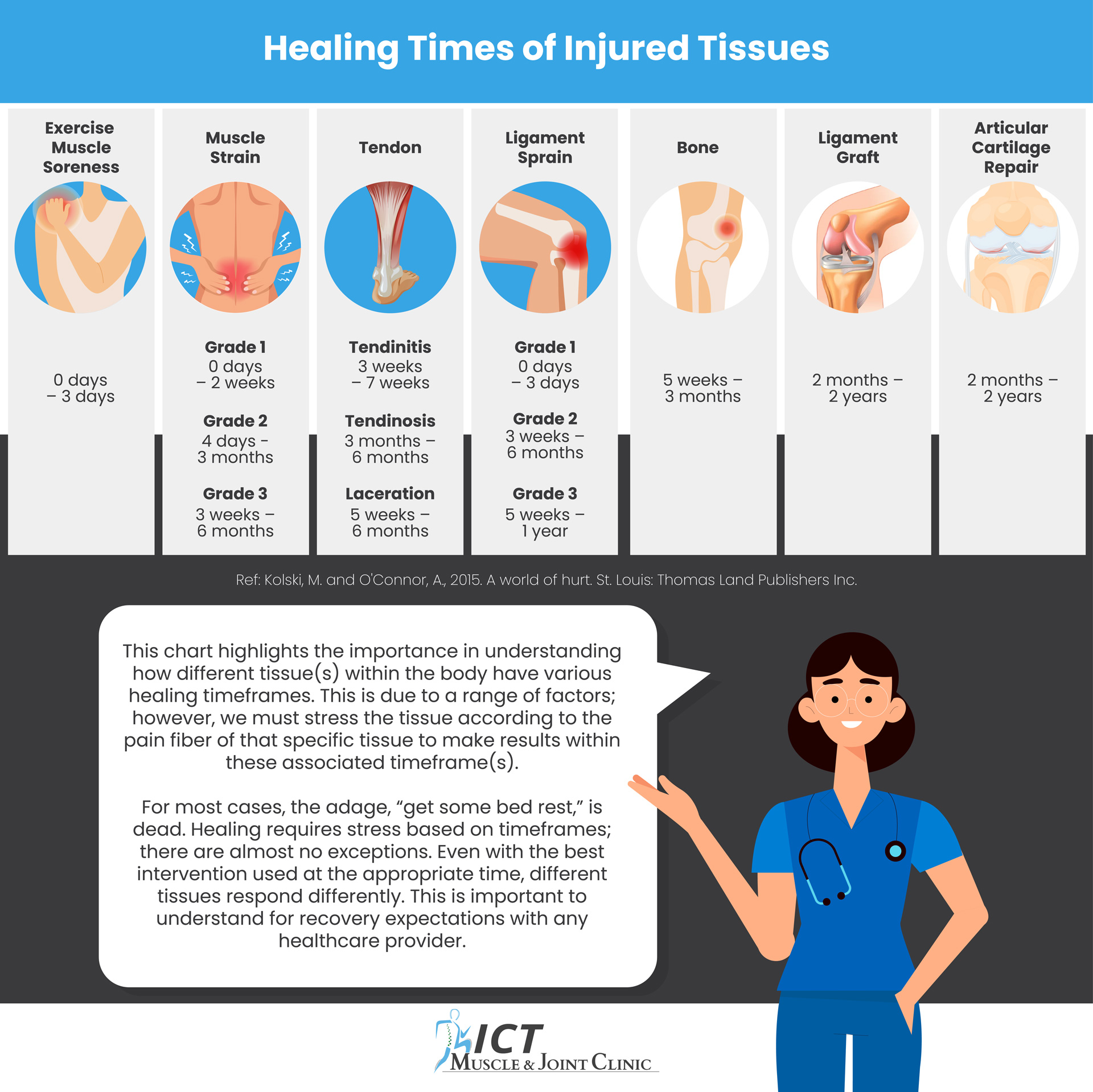1 Chou LW, Kao MJ, Lin JG. Probable mechanisms of needling therapies for myofascial pain control. Evid Based Complement Alternat Med. 2012;2012:705327. doi:10.1155/2012/705327.
2 Gerwin RD, Dommerholt J, Shah JP. An expansion of Simons' integrated hypothesis of trigger point formation. Curr Pain Headache Rep. 2004;8(6):468-475. doi:10.1007/s11916-004-0069-x.
3 Baldry P. Management of myofascial trigger point pain. Acupunct Med. 2002;20(1):2-10. doi:10.1136/aim.20.1.2 .
4 Shah JP, Phillips TM, Danoff JV, Gerber LH. An in vivo microanalytical technique for measuring the local biochemical milieu of human skeletal muscle. J Appl Physiol (1985). 2005;99(5):1977-1984. doi:10.1152/japplphysiol.00419.2005.
5 Russell FA, King R, Smillie SJ, Kodji X, Brain SD. Calcitonin gene-related peptide: physiology and pathophysiology. Physiol Rev. 2014;94(4):1099-1142. doi:10.1152/physrev.00034.2013
6 Hsieh YL, Yang CC, Liu SY, Chou LW, Hong CZ. Remote dose-dependent effects of dry needling at distant myofascial trigger spots of rabbit skeletal muscles on reduction of substance P levels of proximal muscle and spinal cords. Biomed Res Int. 2014;2014:982121. doi: 10.1155/2014/982121..
7 Melzack R, Stillwell DM, Fox EJ. Trigger points and acupuncture points for pain: correlations and implications. Pain. 1977;3(1):3-23. doi: 10.1016/0304-3959(77)90032-X
8 Donelson R. Rapidly Reversible Low Back Pain: An Evidence-Based Pathway to Widespread Recoveries and Savings. Hanover, NH: SelfCare First; 2007: 133.
9 Cushnaghan J, Cooper C, Dieppe P, Kirwan J, McAlindon T, McCrae F. Clinical assessment of osteoarthritis of the knee. Ann Rheum Dis. 1990;49(10):768-770. doi: 10.1136/ard.49.10.768.
10 Liesdek C, Van der Windt DA, Koes BW, Bouter LM. Soft-tissue disorders of the shoulder. Physiotherapy. 1997;83(1):12-17. doi: 10.1016/S0031-9406(05)66103-2.
11 Cherkin Dc, Deyo RA, Wheller K, Ciol MA. Physician variation in diagnostic testing for low back pain. Who you see is what you get. Arthritis Rheum. 1994;37(1):15-22. doi:10.1002/art.1780370104.
12 Spitzer EA. Scientific approach to the assessment and management of activity-related spinal disorders: A monograph for clinicians. Report of the Quebec Task Force on Spinal Disorders. Spine. 1987;12(7 suppl):S1-S59.



